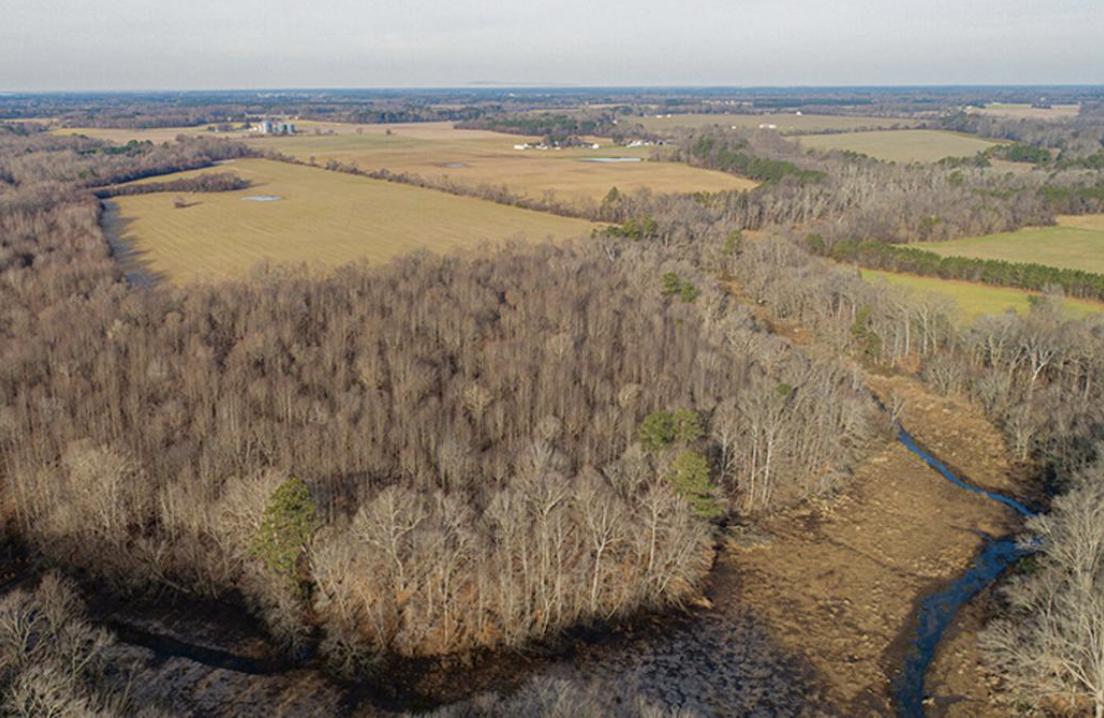The Lakeside/Trappe East residential and commercial project on the northeast side of Trappe was billed as a way to save the financially struggling town, The Washington Post reported Monday afternoon.
But some opponents fear the 2,501-home development, which could quintuple the town’s population, will change Talbot County’s rural character and caution that its wastewater treatment system could cause environmental problems.


